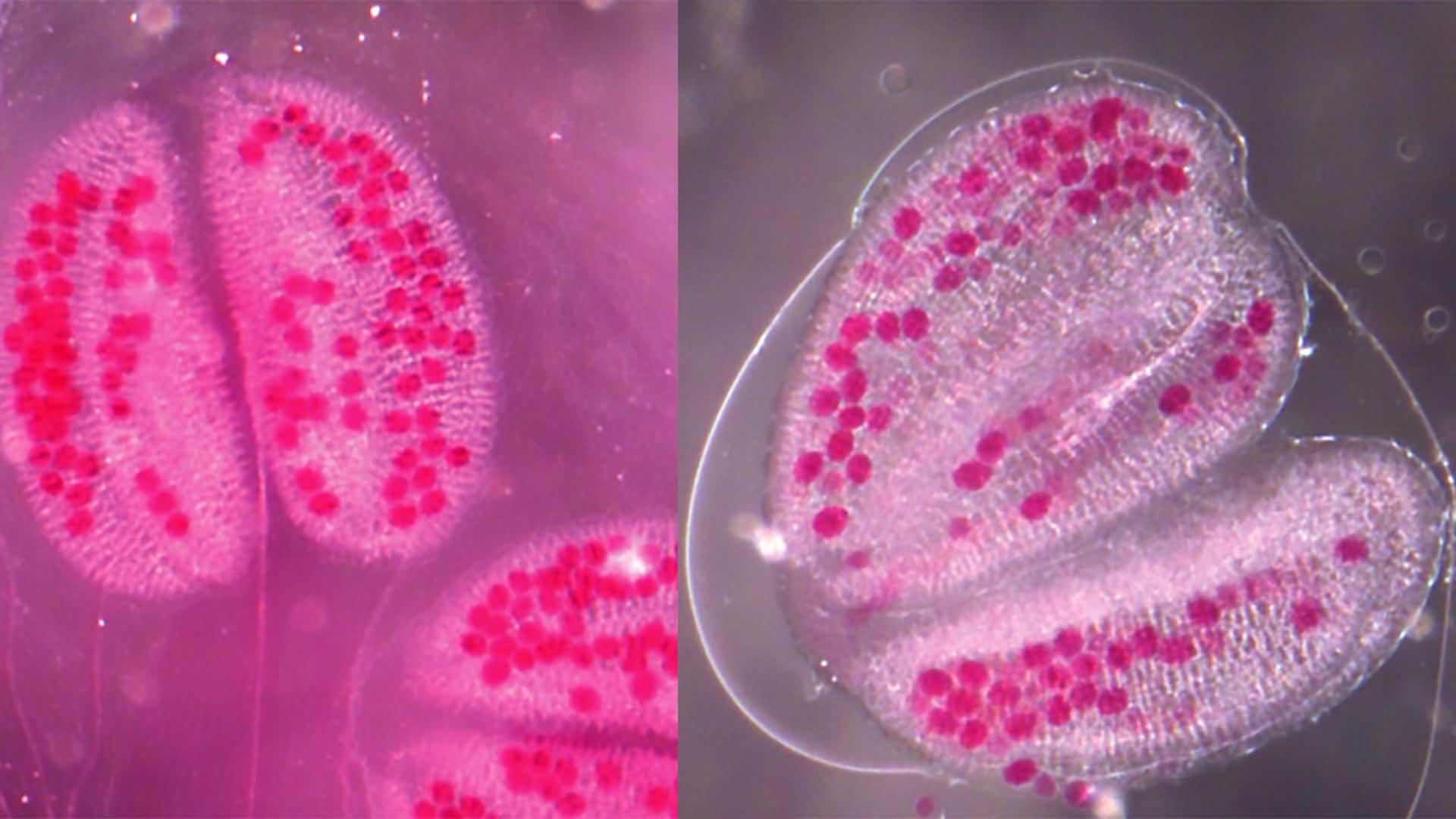Our electrical infrastructure is built on copper, placing this metal at the core of the energy transition. But sluggish supply could compromise ambitions to decarbonize the energy sector.




The SpotBugs maintainer has since confirmed that the PAT that was used as a secret in the workflow was the same access token that was later used to invite “jurkaofavak” to the “spotbugs/spotbugs” repository. The maintainer has also rotated all of their tokens and PATs to revoke and prevent further access by the attackers.
One major unknown in all this is the three-month gap between when the attackers leaked the SpotBugs maintainer’s PAT and when they abused it. It’s suspected that the attackers were keeping an eye out on the projects that were dependent on “tj-actions/changed-files” and waited to strike a high-value target like Coinbase.
“Having invested months of effort and after achieving so much, why did the attackers print the secrets to logs, and in doing so, also reveal their attack?,” Unit 42 researchers pondered.


Barrington, S., Cooper, E.A. & Farid, H. People are poorly equipped to detect AI-powered voice clones. Sci Rep 15, 11,004 (2025). https://doi.org/10.1038/s41598-025-94170-3

There are an estimated 20 quintillion stars in the observable universe, but sand grains on Earth might outnumber them. Here is some key information for you to watch before deciding to read the whole article. Thanks for visiting us!
Stars vs. Sand: The Numbers Game
The popular saying that there are more stars in the universe than grains of sand on Earth’s beaches, famously popularized by Carl Sagan, has always been difficult to grasp. When you consider the vast number of sand grains on just one beach, let alone the entire planet, it seems impossible that stars could outnumber them. However, despite its popularity, this claim might not hold up under scrutiny. Let’s explore this cosmic comparison using rough estimates.

Scientists at La Trobe University have discovered how a diarrhea-causing strain of bacteria uses “molecular scissors” to cut open and destroy gut cells, leading to severe illness and sometimes death.
Published in Gut Microbes, the research reveals for the first time the three-dimensional structure of a toxin secreted by enteropathogenic E. coli (EPEC) bacteria, and shows how the bacteria use the toxin to invade and destroy the epithelial cells that line the gut.
The toxin, which is an enzyme called EspC, destroys the cells by cutting up their internal protein structure.

Imagine a world where losing a tooth doesn’t mean living with dentures or undergoing expensive implants. It might sound like science fiction, but researchers in Japan are on the verge of making this dream a reality. A groundbreaking discovery suggests that humans possess a third set of teeth —dormant tooth buds that typically never develop.
This revolutionary finding could transform dental care as we know it. Scientists have identified a way to activate these dormant tooth buds through a newly developed medication. If successful, this treatment could enable people to regrow lost teeth, making dentures and implants a thing of the past.
Let’s dive into the science behind this discovery and explore how it might change the future of dentistry.
